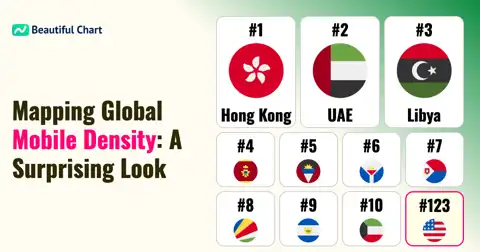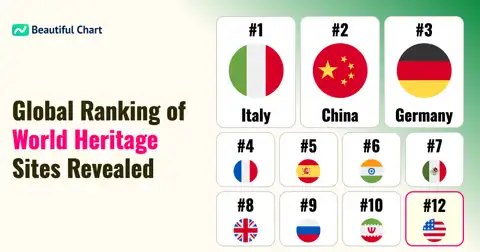This chart presents the market share of web browsers worldwide from 2009 to 2024, highlighting how user preferences and technological advancements have influenced browser choices over time. The data reflects the competitive landscape among browser developers, showing how innovations and efforts to improve user experience have impacted market shares. This visualization provides insights into the rise and decline of various browsers throughout the period.
Web browser market share: The percentage of usage that a specific browser accounts for within the total web browser market over a certain period. It serves as a critical indicator of technological compatibility and user preference.
| Rank | Name | Indicator |
|---|---|---|
1 | Google Chrome | 65.39 % |
2 | Safari | 18.06 % |
3 | Microsoft Edge | 5.32 % |
4 | Firefox | 2.96 % |
5 | Samsung Internet | 2.55 % |
6 | Opera | 2.49 % |
7 | UC Browser | 0.86 % |
8 | Android | 0.47 % |
9 | QQ Browser | 0.43 % |
10 | 360 Secure Browser | 0.39 % |
11 | Yandex Browser | 0.35 % |
12 | Internet Explorer | 0.20 % |
13 | Cốc Cốc | 0.13 % |
14 | Naver Whale | 0.12 % |
15 | KaiOS | 0.07 % |
16 | Instabridge | 0.05 % |
17 | Sogou Explorer | 0.04 % |
18 | Puffin Browser | 0.02 % |
19 | Chromium | 0.01 % |
19 | PlayStation 4 | 0.01 % |





